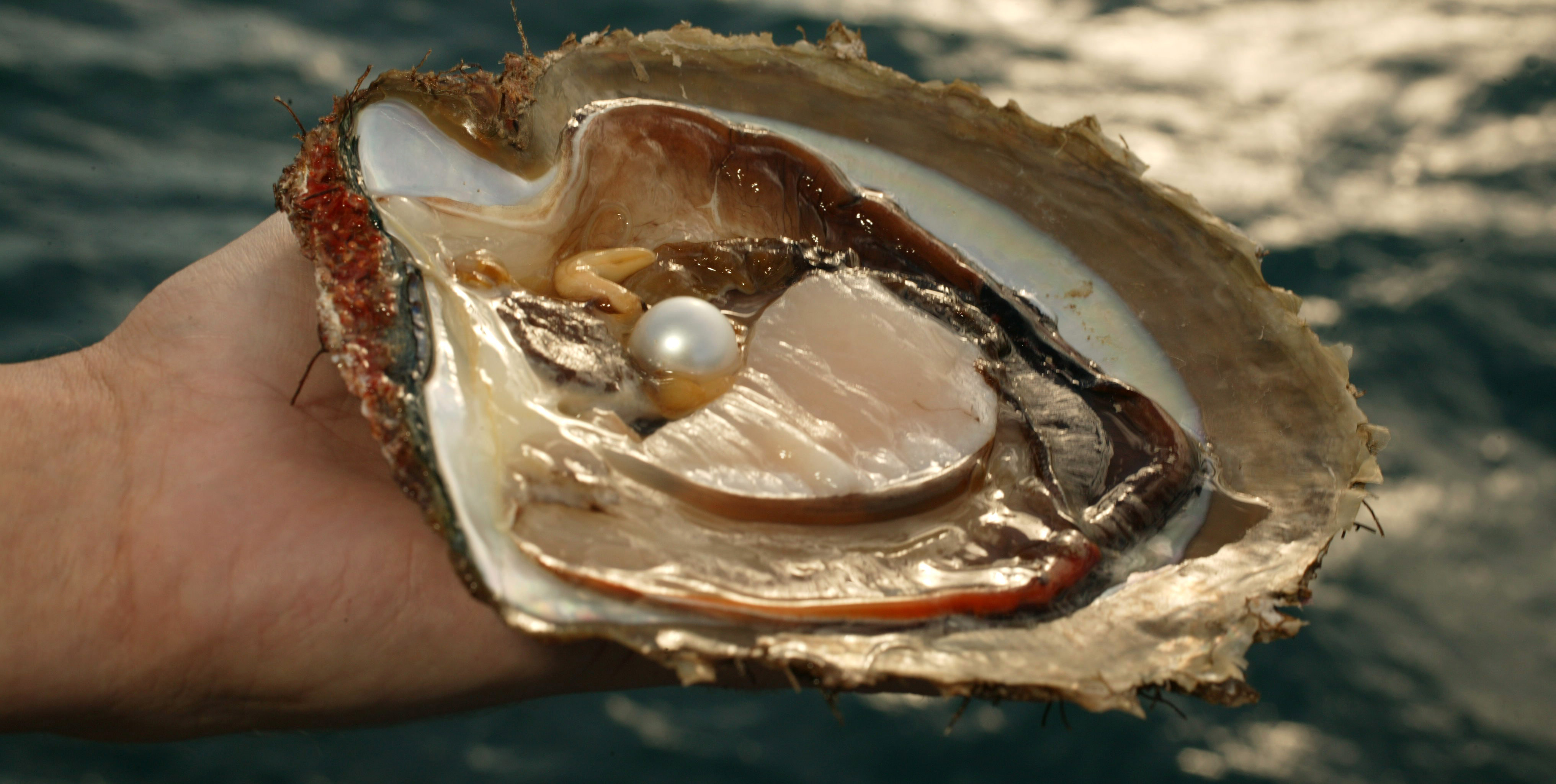Existing creativity tests don’t predict creative achievement. H-IQ engages you with your imagination to lead to creative achievement.
How can you test for creativity?
It’s a contradiction in terms: a test implies correct and incorrect answers; creativity seeks the new, original and unknown. If creativity plunges you into the unknown, how can anyone know the “answers” in advance?
The first “creativity tests” were designed by Paul Torrance in the early 1960s to measure divergent thinking. Over the years, tests have stayed under the Torrance umbrella: the assumption that divergent thinking tests can measure creativity. These tests ask you to solve a problem (connect 9 dots in a grid using only four lines) or “invent” unexpected alternatives (multiple uses for a brick.) Sometimes you’re asked to doodle from a starting point—such as adding to a circle to create a psychedelic Mickey Mouse or a sober Minnie.
However, these tests don’t predict creative achievement—they predict the ability to take a Torrance-style test. Charles Darwin would have performed poorly on a divergent thinking test—he was meticulous and thorough in his thinking. He wrote a 684 page monograph on a single mollusk. (Even the mollusk’s mother wouldn’t read that.) Darwin’s gift was his passion to accumulate and then synthesize information to generate ideas and insights.
Isn’t that why we want an innovative workforce, people who generate ideas and insights—not people who can solve puzzles and brainteasers? Has an employer ever said, “Quick! Give me 9 different uses for a brick?” Some divergent thinking tests even claim that there are right and wrong answers, which is anathema to creativity.
So, why should we have H-IQ, an assessment of imagination?
All of us are born with the ability to imagine. We use our imaginations constantly for everything—from trivial diurnal choices like what to eat or wear, to dramatic epiphanies that can change the world view of mollusks or dry wells or time travel. Imagination is a fundamental human skill: the ability to predict outcomes informed by memory, acquired knowledge, and intuition.
Few people realize that imagination—like any skill—can be improved through practice. Most of us see imagination as a free-form butterfly that alights and flutters away in the breeze, or, as the ancients believed, a gift from the muses, who visit the chosen few. That myth often rings true. People do have ideas that seem unbidden, delivered from the subconscious unexpectedly.
But, the unexpected idea never comes into an unprepared mind. I’m a playwright. My ideas are about the theater and my plays. I’m not going to have a sudden insight about mollusks. I don’t think about mollusks.
H-IQ prompts you to practice your imagination. It’s an assessment that gives you a benchmark to chart progress in improving your imagination. H-IQ doesn’t label you as creative or non-creative. It allows you to align your ideas with your passions—the first step to implementing your ideas. It is perhaps the kick start to your 1000 page analysis of a mollusk of your choosing.
There is an adage heard around the engineering halls of MIT: “if you measure it, it will improve.”
H-IQ is the measurement that starts you on the path to improving your imagination—the imagination that leads to creativity and innovation.
Dan Hunter





